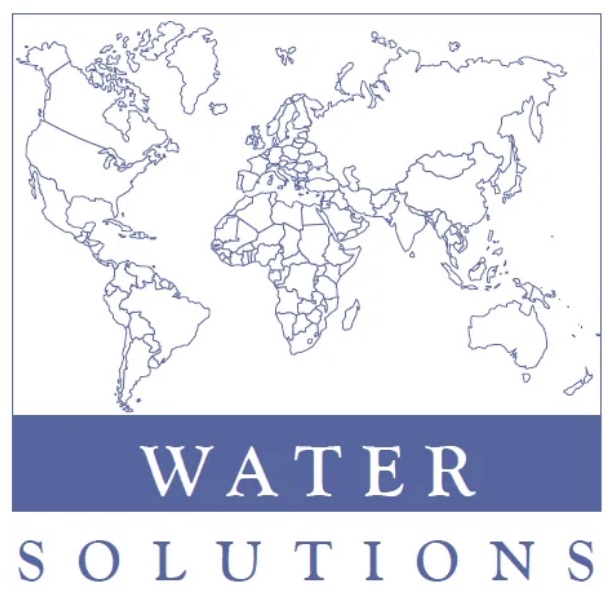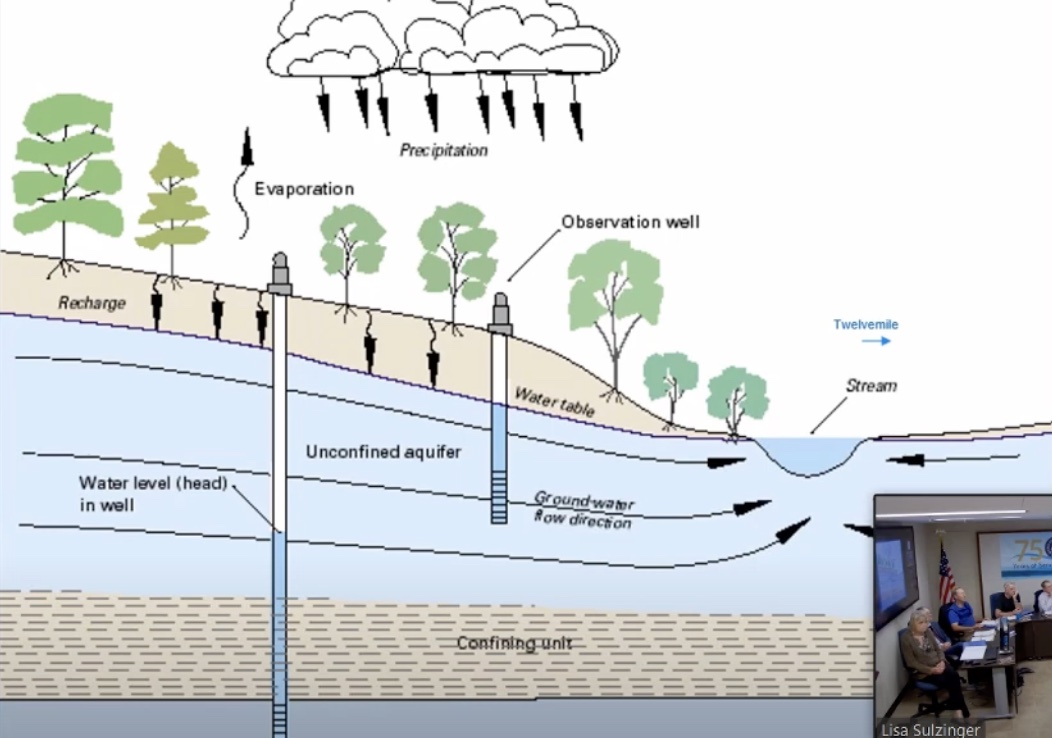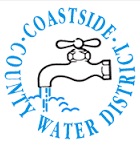|
Getting your Trinity Audio player ready...
|
ARTICLE.

View the most current version of this document.
Public Water System COVID-19 Mitigation
This letter offers suggestions on ways to reduce the impact of COVID-19 on the OPERATION of public water utilities. This is not a public health letter but a procedural plan to maintain the continued reliability of safe water delivery during this pandemic. All recommendations based on data as of 17th of March 2020.
Staffing impacts:
Water Utilities will need to evaluate how to potentially operate with extreme staffing shortages. Several factors can influence this shortage including staff themselves being sick, caring for sick family members, caring for children who are home and self quarantine due to known exposure. Additionally, staff with underlying health issues will be more likely to become sick from COVID-19 and impact the staffing shortage. Older staff who fall in the at risk category (over 60 years of age) should follow government recommendations to stay home which could increase the staffing shortage. While in other circumstances, retirees might be a great resource, the social distancing response for older and at risk individuals for this pathogen will likely preclude using retirees.
Suggestions to consider during staffing shortage:
- Make a list of priority duties that includes the most important tasks, which by default allows low priority tasks to be postponed until time and resources are available.
- Use cameras or video feed or even facetime to monitor multiple sites with fewer staff.
- Use phone cameras to photograph hand written notes for transcription by others or at a later time.
- Encourage the mentoring or “phone supervision” of apprentice staff even at a neighboring water utility. This could apply to situations where a second senior person would normally be on site, and now is “present” via phone. Another example would be changing a chemical dose pump setting where the novice operator needs a peer review.
- Cross train staff NOW, so distribution operators can assist running the treatment plant and treatment operators can shut off a broken fire hydrant.
- Review how your staff might plan for issues at home. If your staff have problems at home they will not come to work. If your staff don’t come to work, you don’t have a water system. While this is a known emergency issue, it takes an elevated role in this pandemic.
- Home issues are likely to be:
- Family is sick
- Family loss of income
- Elder care
- Childcare
- Shortages of supplies
-
- Make sure your policies are flexible (e.g. can staff take a utility vehicle home if needed?)
- Make sure your staff identification badges have a “first responder” statement to allow passage through restricted areas; for example: printed on the back of all staff identification: PLEASE ALLOW ACCESS AS NEEDED Per chapter 8. Division4, of Title 1 of the State of California Code, the person identified here is a Disaster Service Worker and may be required to report to an emergency post in the event of a disaster.
Consumables
Evaluate what supplies are critical to your operation. In many cases it will be chlorine and or treatment chemicals. Some years back the City of Phoenix AZ had to issue a boil water order due to the lack of treatment chemicals so it can happen to you.
Several steps to consider:
- Increase your on hand inventory. You may need to double your chlorine stock for example, Salt, Alum etc.
- Make sure you date your inventory and practice safe storage and handling but all it takes is for your delivery company to have too many sick drivers and you’re out.
- Several countries have implemented regional shutdowns lasting two months. While the U.S. is currently at a two week stand down, this can change. If this includes the factory making your supplies how will you operate?
- Gas chlorine backup may be an extremely smart move, it’s fast to set up, lasts forever in the bottle and is not that expensive.
- Additional chemical storage facilities may be required. This can take the form of plastic storage tanks or tractor trailer truck tankers or railcars.
Laboratory services
Many if not all water systems depend on outside laboratories and courier services. Many of these labs are small operations and could easily experience backlogs or delays due to staffing shortages of their own. For example courier services typically have regional drivers who cover a specific route. Should that driver become ill, coverage could be interrupted. Not taking a required bacteria test can be a critical failure. Make sure you have TWO backup plans. I am recommending several actions:
- Talk to your lab and develop a plan for:
- Water utility staff not being able to draw samples
- Courier staff not being able to pick up / deliver sample kits
- The Lab itself being short staffed
- Sign up for the Water Agency Response Network (free) and locate regional water utilities with inhouse testing abilities, ask if they can be part of your emergency plan.
- The state regulators have presence/absence bacteria and E.coli testing labs at their office. Call and talk to your regulator to include that in your emergency plan.
- Print out maps of where your primary and secondary labs are located so that your staff can be prepared to drive samples to the lab.
- Obtain additional sample kits (cooler, sample bottles, sample location maps, ice packs and chain of custody forms). Make sure everything is clearly labeled on the assumption that you may need back up staff to perform these duties. Include a map of your sample locations (I like to have photos of the actual sample station).
Financial
It is likely that the economy will be challenged during this pandemic impacting both staff and customers. Customers may not be able to pay their bills and it is essential for water utilities to plan ahead for how to handle these situations. Staff may have family members who lose their jobs due to closing of business and thus further support for staff may be needed. Agencies may have staff who are unable to work and don’t have sick time is a foreseeable issue. In an extended scenero, water agencies may have cash flow issues. Some of these problems may be addressed at a Federal level, some at a state or regional level and some by the water district. You are encouraged to start the discussions and planning now.
Communication
The Center for Disease Control and state and local health departments are and should be the prime source for public health. The Water Research Foundation’s report states that drinking water is not a vector and we can assure our staff and the public if they ask, our water plus a little soap remains one of the best methods of fighting the virus.
Water related information about Coronavirus:
The water research foundation has a free webinar you can watch which explains several key points. COVID-19 is a SARs virus which means:
- It is not a waterborne pathogen (cannot live in water)
- Chlorine, Ultraviolet disinfection and Ozone are all affective inactivators (good for killing the virus).
- It is not thought to be spread by a fecal to oral transmission.
The following sources were used to prepare this letter:
World Health Organization
Center for Disease Control
Water Research Foundation
The New York Times, Coronavirus special newsfeed
John Hopkins University of Medicine coronavirus resource center
EPA website
California Water Agency Response Network
California Department of Drinking Water offices
This letter was written by Glenn Reynolds of Water Solutions Incorporated to provide suggestions for water utilities. You are encouraged to copy and distribute this letter.
[1] U.S. Consumer Financial Protection Bureau website 13 March 2020; NY times 17 March 2020
[2] World Health Organization





